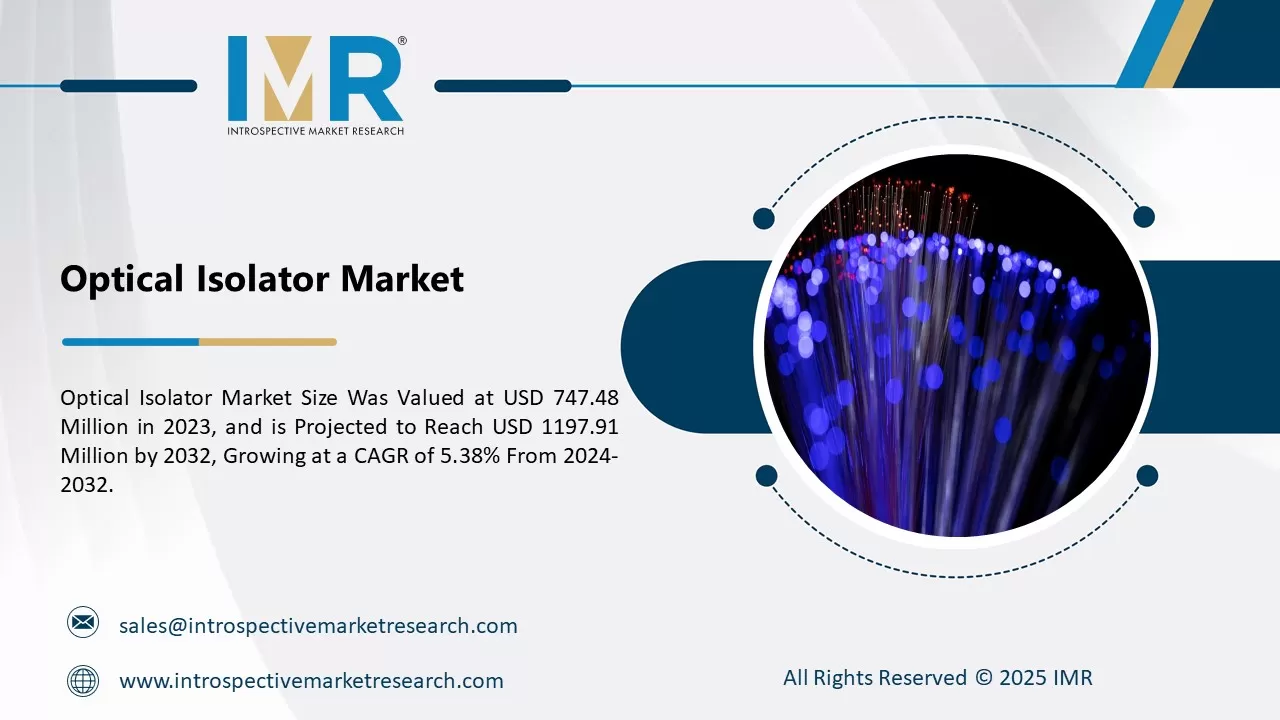
Market Overview:
Global Food Stabilizer Market size was valued at USD 2.5 Billion in 2021 and is projected to reach USD 3.63 Billion by 2028, growing at a CAGR of 3.6% from 2022 to 2028.
Food stabilizers are substances that improve stability and thickness by preserving the physical characteristics and emulsion of food products. They are particularly important for maintaining the consistency of mixtures that do not naturally combine, such as oil and water. Stabilizers are often utilized in low-fat foods and are derived from natural raw materials. The market growth is primarily driven by increasing consumer awareness regarding safe and healthy food options. Additionally, the rising consumption of alcoholic beverages in North America and the Asia-Pacific region, along with the growing preference for processed and convenient foods, contribute to market expansion. Factors such as increasing disposable income, wider adoption of food stabilizers in various products including beverages, sauces, and bakery items, and the growing demand for stabilizers in confectionery and dairy products further boost market growth.
Top Key Players Covered In The Food Stabilizer Market:
- AshlandInc. (US)
- BASF SE(Germany)
- Cargill Inc. (US)
- CP Kelco (US)
- DowDuPont Inc. (US)
- Hydrosol GmbH & Co. KG(Germany)
- Ingredion Inc. (US)
- Kerry Group PLC (Ireland)
- NEXIRA (Normandie)
- Palsgaard A/S (Denmark)
- Tate & Lyle PLC (UK)
- Glanbiaplc (Ireland)
- Advanced Food Systems Inc (New Jersey)
- Chemelco (Netherlands)
- Associated British Foods plc (UK), and other major players.
Market Dynamics and Factors:
As lifestyles become busier and consumers seek convenient food options, the demand for processed and convenience foods has risen. Food stabilizers play a crucial role in maintaining the desired texture, consistency, and shelf life of these products, driving their demand in the market. Consumers are increasingly concerned about the safety and quality of the food they consume. Food stabilizers help in preserving the freshness, flavor, and overall quality of food products. The desire for safe and high-quality food drives the adoption of food stabilizers by manufacturers.
There is a growing need for customized food stabilizer solutions that cater to specific applications and requirements. Manufacturers can capitalize on this opportunity by developing innovative and tailor-made stabilizer systems that offer unique functionalities and address the specific needs of different food products. Many food manufacturers are reformulating their products to meet clean label requirements. This presents an opportunity for food stabilizer suppliers to offer clean-label alternatives to existing products, helping manufacturers meet consumer demands for natural and transparent ingredient lists.
The Food Stabilizer Market Report Highlight:
- By Source, the plant segment is anticipated to lead the growth of the Food Stabilizer market in the forecasted timeframe There is a rising consumer preference for natural and clean-label food products. Plant-based stabilizers are derived from natural sources such as fruits, vegetables, seeds, and legumes, aligning with this trend.
- By Application, the Dairy & Dairy Products segment is expected to have the highest share of the Food Stabilizer market over the projected period Dairy products encompass a broad category that includes milk, yogurt, cheese, ice cream, and other dairy-based beverages. These products often require stabilization to maintain texture, prevent separation, and enhance shelf life.
- By Function, the texturizing segment is anticipated to lead the growth of the Food Stabilizer market in the forecasted timeframe. Because The influence of food stabilizers on texture can be observed in different segments such as dairy and dairy products, bakery, confectionery, and beverages.
- The North American region is expected to have the highest share of the Food Stabilizer market over the projected period. North America has a well-developed and diverse food and beverage industry. The region is home to numerous major food and beverage manufacturers, making it a significant market for food stabilizers.
Key Industry Development:
- In February 2022, KERRY GROUP has recently made important strategic acquisitions in the field of biotechnology. The global nutrition and taste company has announced its agreement to purchase a majority stake of 92% in c-LEcta GmbH, a biotechnology company. The acquisition will involve a specific payment of 137 Million Euros, while the remaining share will continue to be held by the management team.
Food Stabilizer Market Segmentation:
By Source
- Plant
- Microbial
- Seaweed
- Synthetic
- Animal
By Application
- Dairy & Dairy Products
- Bakery
- Confectionery
- Beverages
- Others
By Function
- Stability
- Texture
For this report, Introspective Market Research has segmented the Food Stabilizer Market based on region:
Regional Outlook (Revenue in USD Million; Volume in Units, 2022-2028)
North America
- The U.S.
- Canada
- Mexico
Europe
- Germany
- UK
- France
- Italy
- Russia
- Spain
- Rest Of Europe
Asia Pacific
- China
- India
- Japan
- Singapore
- Australia
- New-Zealand
- Rest of APAC
Middle East & Africa
- Turkey
- Saudi Arabia
- Qatar
- UAE
- Israel
- South Africa
South America
- Brazil
- Argentina
- Rest of SA




